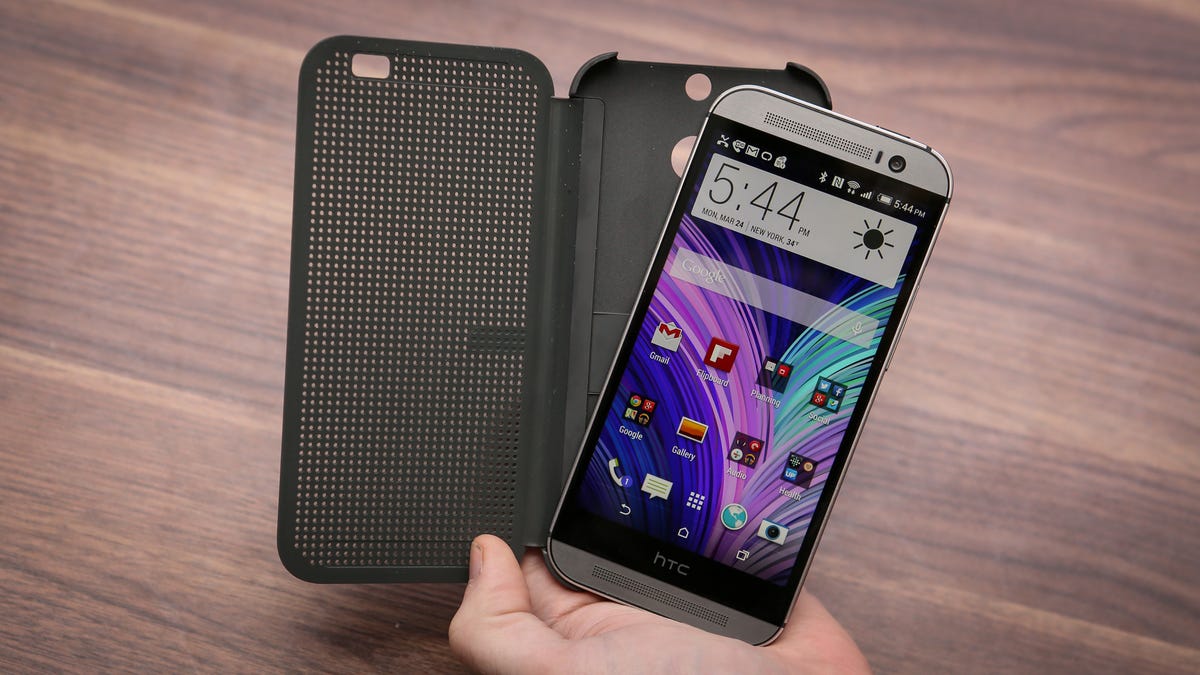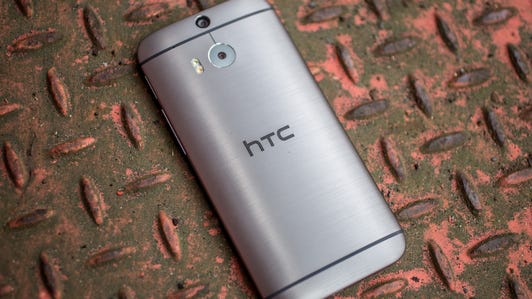
Andrew Hoyle/CNET
HTC is seriously outgunned.
The company may have figured out how to make a quality smartphone, but it still doesn’t have an answer for getting those products noticed.
A look at recent marketing data sent to CNET from Kantar Media perfectly underscores HTC’s dilemma. In 2013, Samsung spent $363 million in marketing in the US, with $128 million coming in the fourth quarter alone.
Apple was no slouch, spending $350.9 million last year, and more than $100 million during the big holiday season push.
HTC? It spent a paltry $75.8 million — for the entire year. Its own fourth-quarter push amounted to $1.5 million, according to Kantar. With such a disparity, it’s easy to see why the original HTC One got completely overshadowed by its rivals.
Check out the sleek, metal HTC One M8 (photos)






+27 more
History is poised to repeat itself with the HTC One M8, which the company unveiled on Tuesday. The M8 offers subtle, but refined, improvements over the original One. But it also has the misfortune of launching against Samsung Electronics’ Galaxy S5 and the likely accompanying marketing blitz.
How does HTC compete with that?
“They really need to raise their awareness in the marketplace,” said Maribel Lopez, an analyst at Lopez Research. “They’re nowhere to be found in certain markets.”
More on the HTC One
- CNET review: The HTC One M8 is a stunning sequel
- The inside story of the HTC One M8
- HTC One M8 vs. original HTC One
- Why the HTC One M8 gives the Galaxy S5 a run for its money
- HTC One M8 camera very hit or miss
HTC offered few glimpses early on. Chairwoman Cher Wang has taken the marketing and business reins of the company, and the impact from her stewardship will likely make an impact later this year.
It wasn’t always like this. HTC was close to becoming a household name just a few years ago, when it was responsible for some of the more high-profile smartphones in the industry. HTC was the first company to create an Android smartphone, partnering with Google to create the G1. It was the first with a 4G WiMax smartphone with the Sprint Evo 4G, as well as the first Verizon LTE smartphone with the Thunderbolt.
Its original Sense user interface was a badly needed facelift for the older, less user-friendly versions of Android, and won over fans that liked not just the OS, but specifically HTC as well. At some point, HTC was positioned to have a flagship device at all of the major carriers.
But HTC never attained that household name status, and its brand started to fade as a number of its smartphones began to flop. It stretched too far with too many different products, at times working to create too many sub-par exclusives with its partners. There was the ill received Status or ChaCha, which was the first Facebook phone. Or the HTC Rhyme, a Verizon-bound smartphone so clearly designed for women — even if neither HTC or Verizon would admit to it.
While Samsung had the money and resources to throw a massive campaign, HTC has always relied on the strength of its products. But it never obtained the same kind of fervent loyalty that Apple enjoys.
“No one is beating down the door asking for an HTC phone,” Lopez said.
So even if HTC is back to creating quality products, its name may have faded too much. And it may take more money than the company has to revive it.



